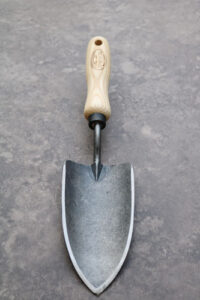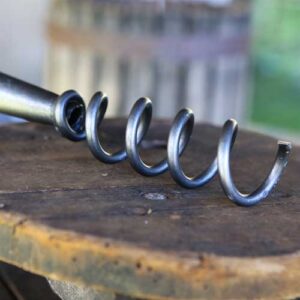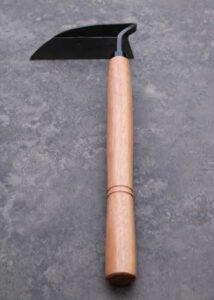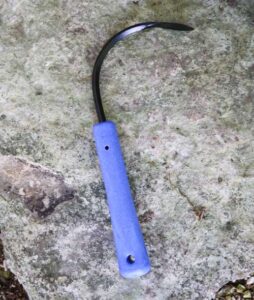It’s National Weed Your Garden Day!
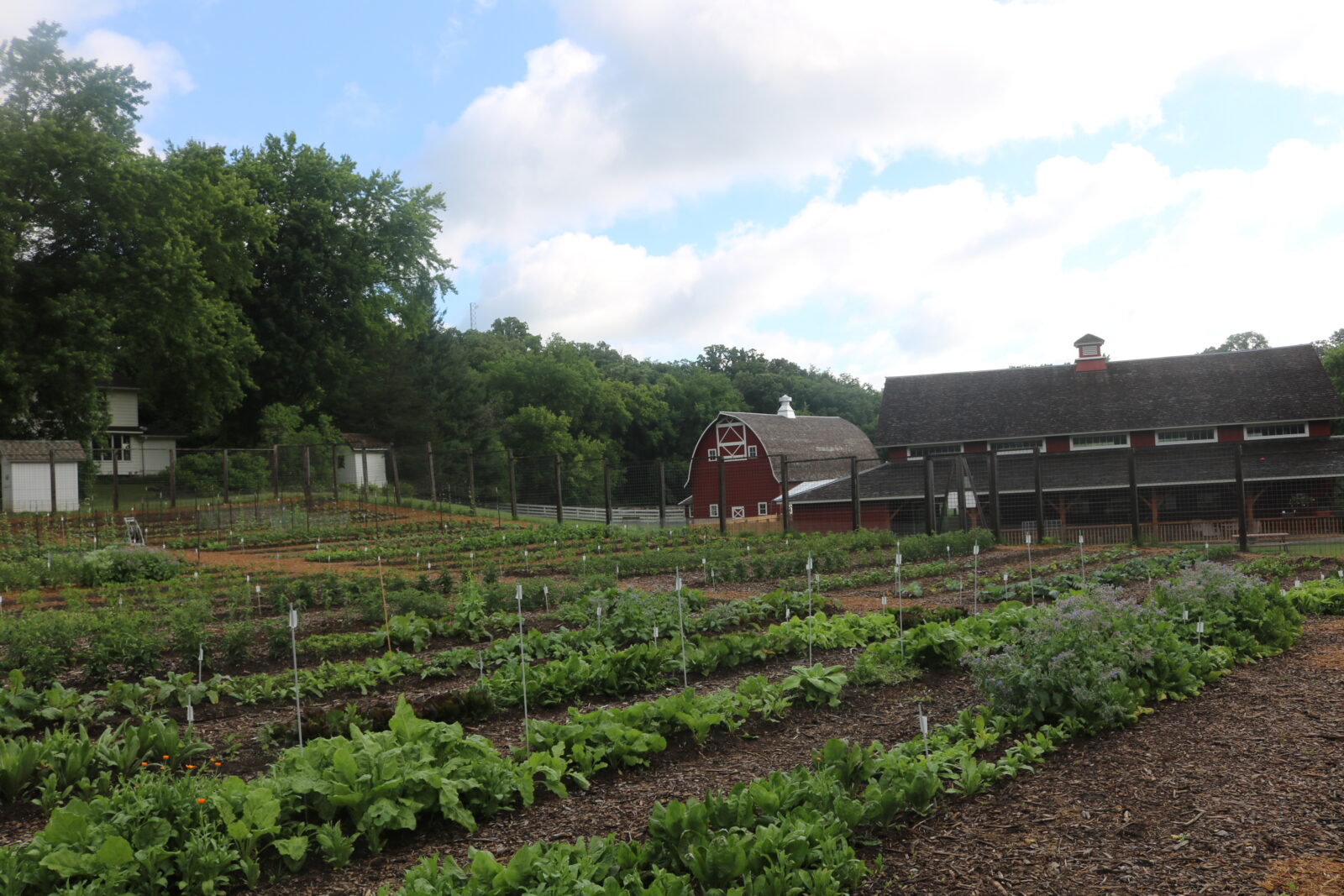
Happy National Weed Your Garden Day!
So maybe it doesn’t spark the excitement of National Doughnut Day (June 2) or National Chocolate Ice Cream Day (June 7) or even National Selfie Day (no, you haven’t missed that—it’s June 21). But here at Seed Savers Exchange, we think National Weed Your Garden Day—observed annually on June 13—has a whole lot going for it too.
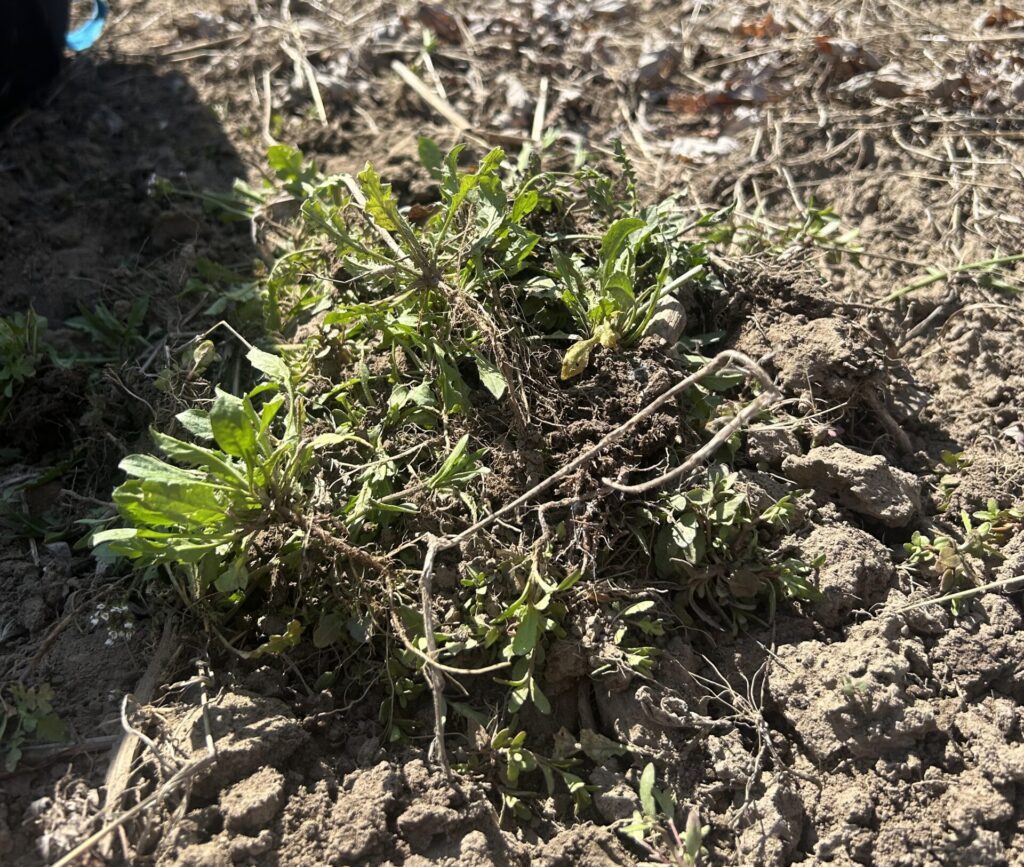
What is a weed?
A weed is pretty much any plant you hadn’t planned for in your garden space, or a wild plant growing where it is not wanted and in competition with cultivated plants.
If you’re not sure if a given plant is a weed—and you have enough space in your garden—just wait and see. Sooner or later, you’ll figure out if it’s something you should keep.
Of course, most of us want to avoid weeds in the first place. While healthy soil and cover crops can help prevent these unwanted plants, sometimes weeds proliferate anyway. And when that happens, there’s not much else you can do but remove those weeds by hand. Excessive weeds will steal the nutrients your veggies and flowers need to flourish.
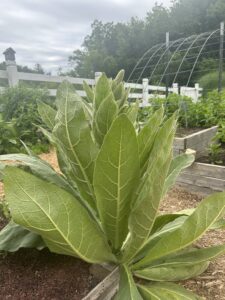
Why is it important to weed your garden?
- Soil nutrients: Weeds compete with garden crops for soil nutrients. Nutrient-rich soil is food for your plants. Any crops you have planted needs to share the soil nutrients with its neighbors.
- Crowding: The roots of unmanaged weeds can invade a plant’s root space, causing stress to the plant. Crowded roots can lead to plant health issues such as disease and pest pressure.
- Sunlight: Weeds cause problems for your plants below the surface, but they also affect the plant above the soil as well. Weeds tend to be more aggressive than the plants you sowed or transplanted into the garden. If allowed to grow taller than your crops, weeds can block the sunlight your plants need to grow.
- Nutritional value: Weeds can affect the nutritional value of your harvest. Since weeds can inhibit a plant’s growth, it can impact the quantity and quality of the plant’s harvest.
- Eco-friendly: Weeding is a sustainable option instead of using harmful weed-killers. These chemicals can harm soil, water, and air quality. Spraying hurts not only your health, but the health of the environment.
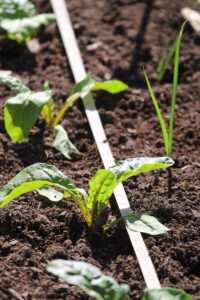
Other benefits to weeding
Weeding doesn’t just help your flowers and veggies stay healthy. The activity can have an impact on your health as well!
- Exercise: A person weighing 175 pounds (79 kilograms) will burn around 180 calories per half hour of weeding. This is a great way to stay active.
- Mental wellness: Weeding can be therapeutic! Weeding is a repetitive task which can have a soothing effect on your mind. Not to mention the benefits to mental health of just being outdoors!
- Connection to nature: Getting your hands in the soil grows your relationship with the natural world.
- Finally, weeding gives you an excuse to be in the garden. On days where you have nothing to plant or harvest, weeding allows you to get out in your garden anyway!
To weed or not to weed?
Yes, there are times when you don’t need to weed! In fact, there are situations when you shouldn’t weed.
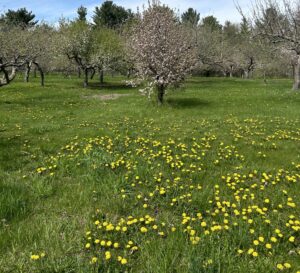
Weeds are plants. In the garden, a plant becomes a weed when it invades a space intended for growing flowers or crops. On their own, weeds can actually bring benefits to the environment and your garden! Here’s why:
- Weeds provide year-round food for pollinators. These plants are important for attracting bees, butterflies, moths, and many other insects. Supporting pollinators is absolutely essential for biodiversity. They in turn pollinate your crops.
- Weeds also benefit birds and other wildlife. Their leaves provide food for creatures like caterpillars and aphids. In the fall, their seeds feed many species of birds.
- Weeds add nutrients to the soil. Their taproots pull nutrients from deeper soil up into the topsoil. When weeds die, the plant material returns these nutrients back into the soil.
- Weeds are useful for humans. Many weeds are edible or medicinal. People craft some weeds into baskets or ropes.
You can let weeds grow in areas of your garden that you are not using for planting. Or, you can designate a specific area for weeds to grow.
Invasive plants
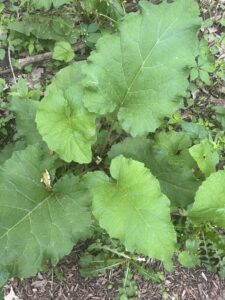
You should remove weeds that are considered invasive to your region. Invasive plants are non-native species that grow quickly and are difficult to control. Although invasive plants can be beautiful (‘Queen Anne’s Lace’ comes to mind) they offset the balance of the ecosystem. Invasive species threaten biodiversity by out-competing the native species of the area.
To identify invasive plants in your region, check with your local extension office. Some invasive species, such as wild parsnip, cause severe skin irritation. Identify these weeds first to protect yourself.
Tips to manage weeds
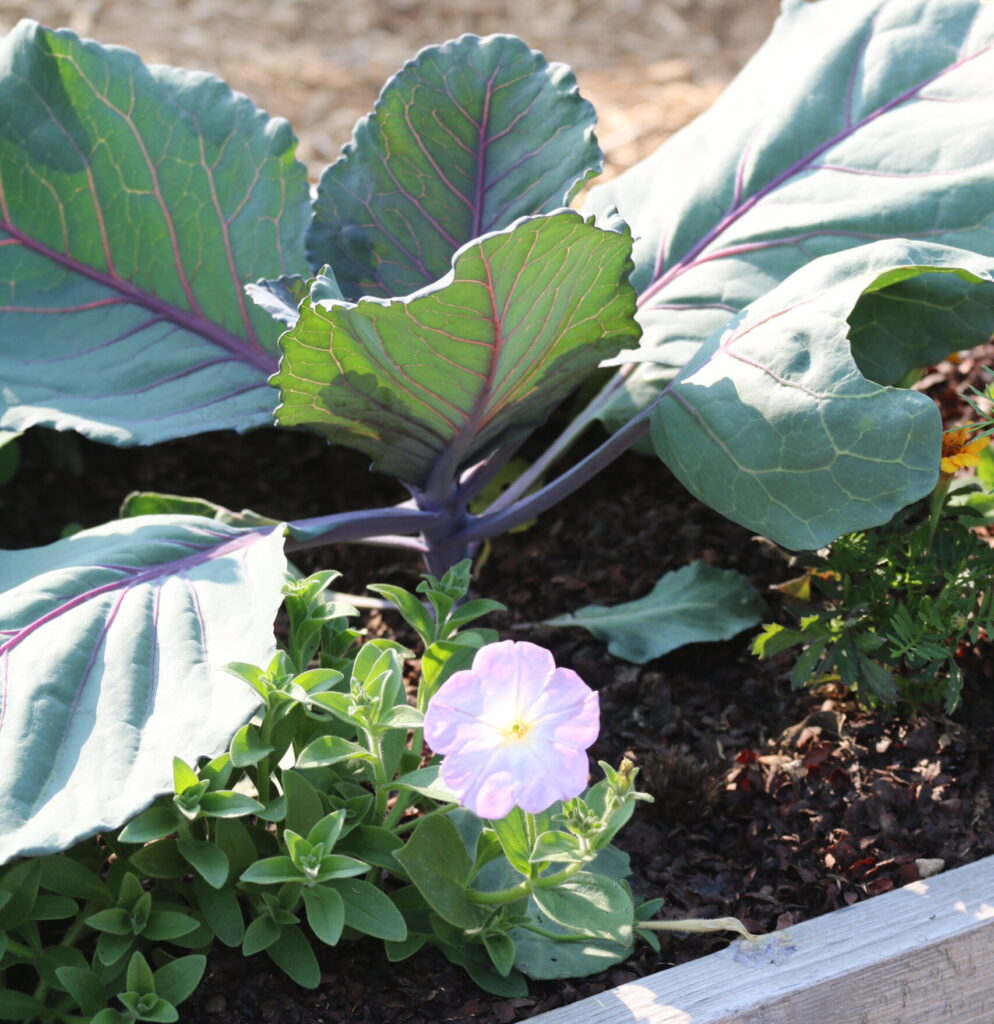
- Use ground cover—cover the soil along rows and between plants with mulch or bark to prevent weed growth.
- Place your plants closer together to give those weeds less room to grow.
- Keep soil moist and loose for easier weed pulling.
- Be sure to pull out the entire weed, including the roots; otherwise, it will be back. You can bet the proverbial farm on that.
- Have at least one great tool on hand to help you extract those deeper, more stubborn, roots.
So, go ahead, pull on those gardening gloves, grab your tools, and spend an extra five or 10 minutes weeding your garden today. You just might find it even more enjoyable than downing a cruller on National Doughnut Day!
Tools to weed your garden
